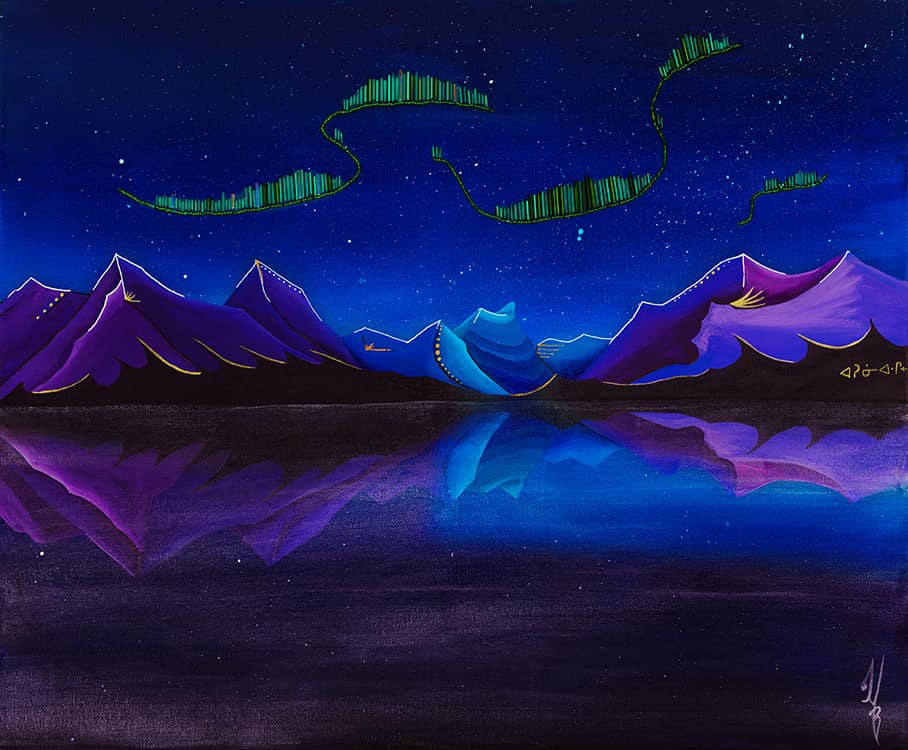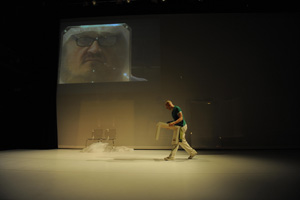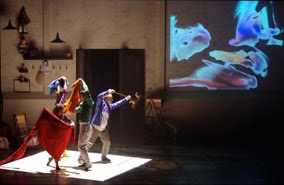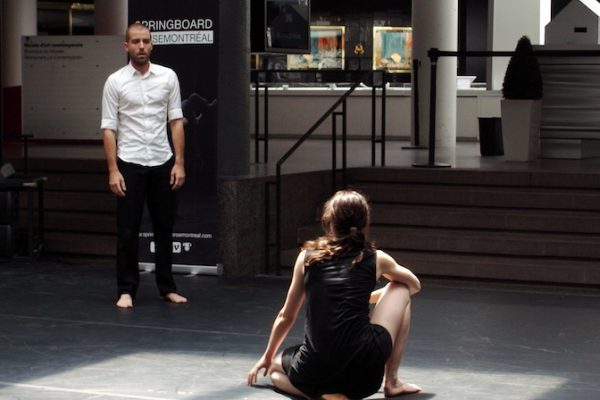Throughout history in North America, Indigenous dances have been deliberately targeted by policies, laws and practices designed to disconnect Indigenous Peoples from Indigenous space, including landscapes, sacred sites and community spaces, as well as from time – our histories and our futures. This includes the suppression of dance and, in the worst cases, imprisonment and massacres. This history alludes to the inherent resilience in the stories and dances practised by Indigenous Peoples and the ability for dance to unite and bring us together. That is our strength.
Resilience is built into Indigenous dance through stories, social structure, ceremony and embodiment. Just take the Nehiyaw (Cree) word that my mosom (grandfather) used for the northern lights: Cipayak E-Nimihotowin, which translates to spirits dancing in the sky. The northern lights are said to be our ancestors and Elders dancing in the spirit world. We have both reverence and respect for the northern lights as a reminder of not only our connection to the greater history of our people but also our humanity. As a dancer, I have always found a strange comfort in the belief that I will continue dancing in the spirit world. I think, now more than ever, we have been aware of our mortality as humans and the importance of our connections with one another and the universe.
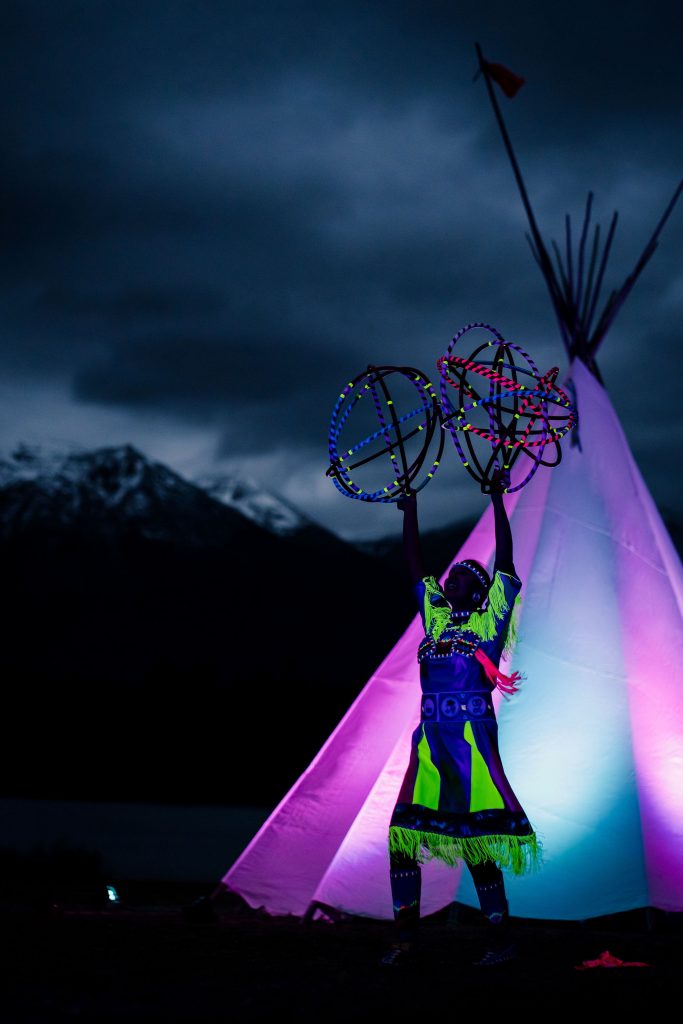
We have been thrust into a world where we often connect across time and space through digital offerings. This comes with its own challenges and opportunities. Just like the northern lights, it’s a way to feel connected. It highlights our need for connection and brings awareness to our human capacity and limitations. Over the past few years, I have had the privilege of connecting with IBPOC communities of dancers and artists across Canada and beyond. Several of them are featured here for movement highlighting land, place and story through videos where they dance across time and space.
***
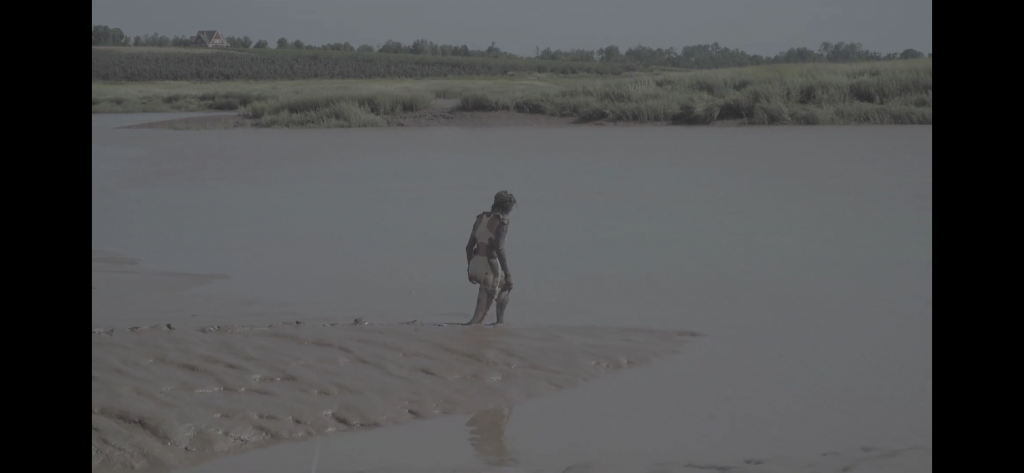
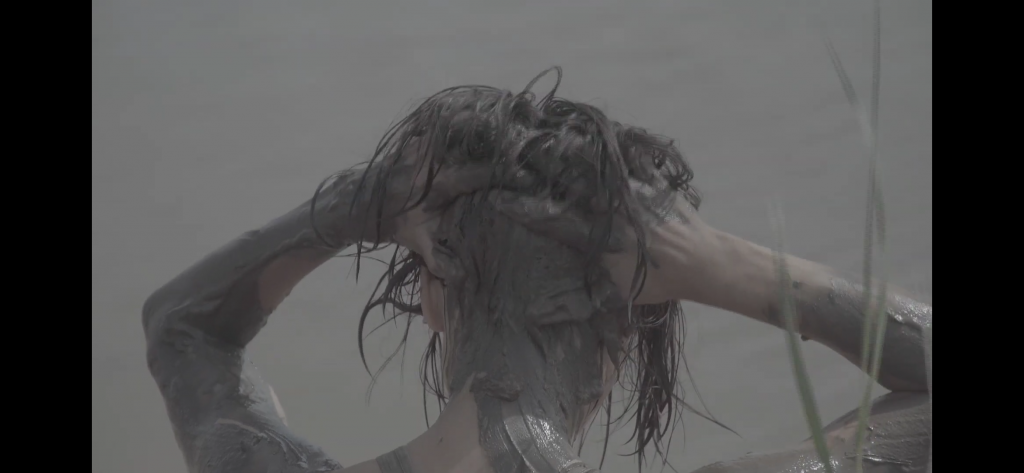
Mallory Amirault is a Queer artist whose Acadian and Mi’kmaq heritage belongs to the Kespukwitk district of Yarmouth, N.S. Their practice engages in critical poetics, literary performance and humour. Their video Hairline was showcased last fall at the Harvest Moon Festival, hosted by Olivia C. Davies, artistic director of O.Dela Arts. In this video, they use their body, movement, landscape, language and poetry to take our senses on a dance across time and space. The use of different accents, language and storytelling traditions is a powerful way to take us through this journey. This is punctuated by stories from different time periods, all anchored in the same place. Landscapes hold our stories, and by visiting and exploring the places of story that surround us, we can connect with the past and carry these stories forward for future generations.
***
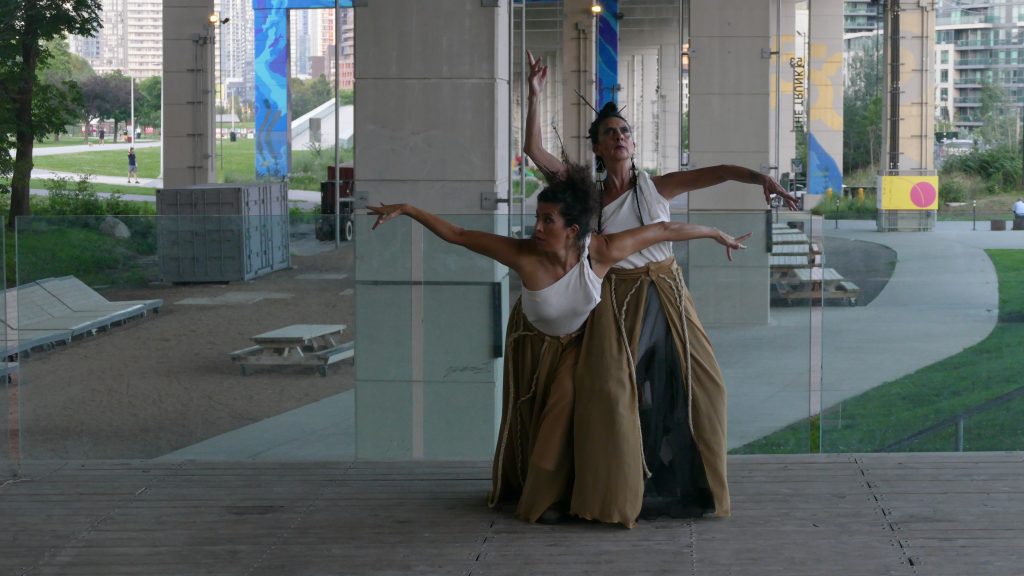
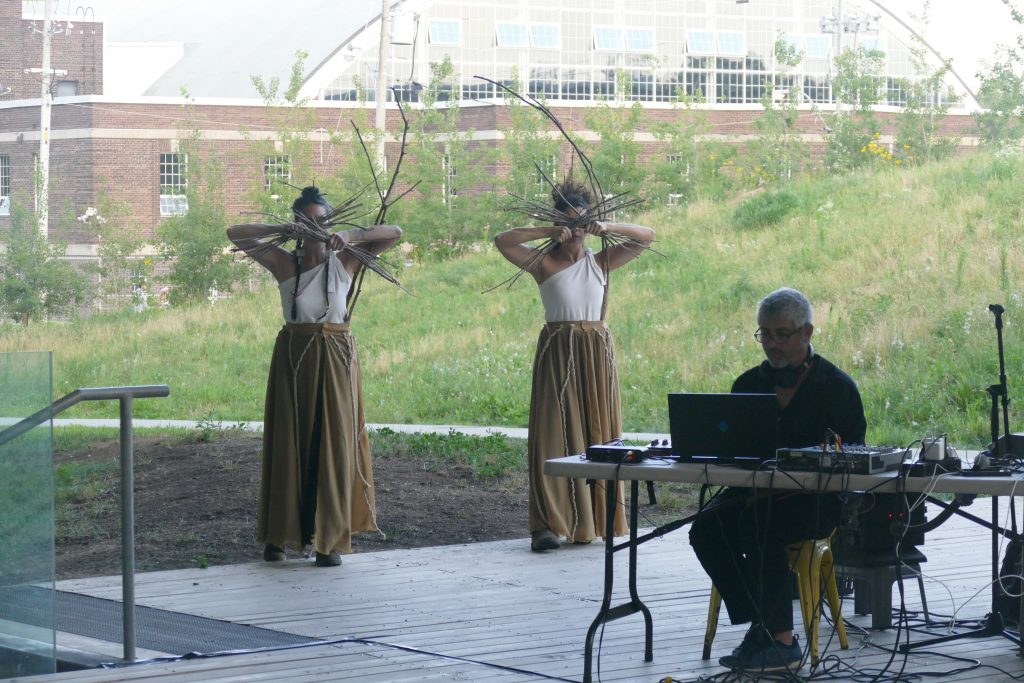
Norma Araiza is a performer, choreographer, instructor and registered psychotherapist of Yoeme (Yaqui) descent, originally from Mexico and currently living in Toronto. I was excited to see her recent video performance with collaborator Olga Barrios, the artistic director of Vanguardia Dance. Together, they create a dance-theatre-ritual-action titled Hybrid Women, which they describe as a work that “departs from the pulsating of the body in connection with and in response to the environment that surrounds us and to ourselves. Specifically, the connection with plants, trees, water, natural and urban environments, taking into consideration the diverse aspects of decadency of our planet and our society.” This was showcased virtually in November 2021 during the Weesageechak Begins to Dance Festival 34, an annual festival of new and developing Indigenous work. Landscapes and locations are used as a powerful tool and comment on our contemporary lifestyles in subtle but deeply meaningful ways. They also convey the passage of time in a way that has the viewer questioning the past, present and future of our society.
***
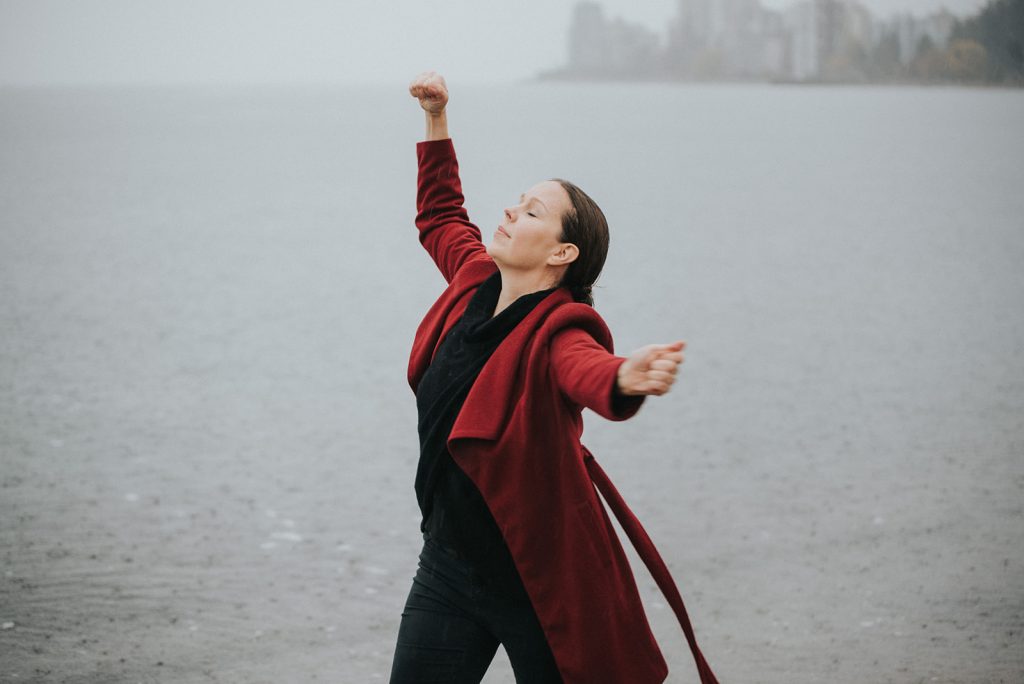
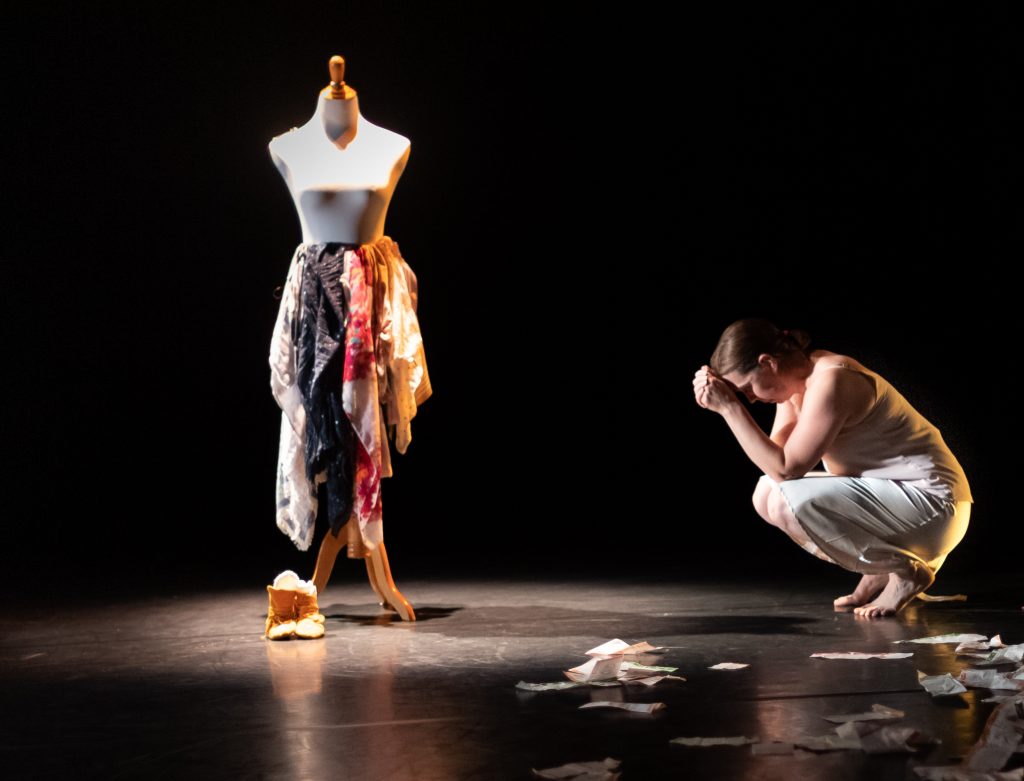
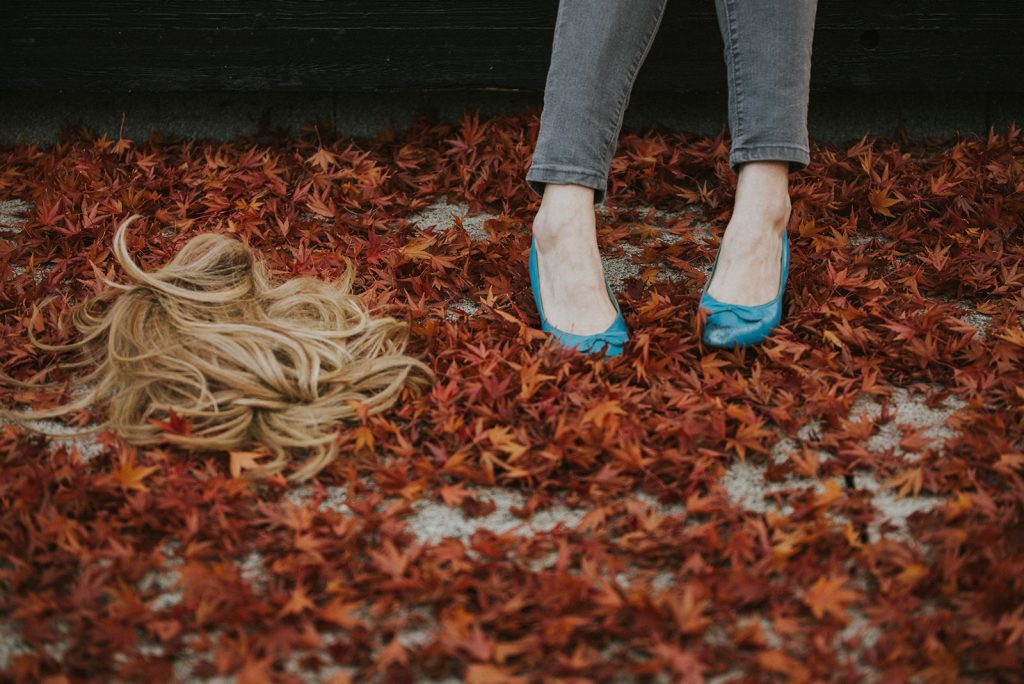
Starr Muranko, the co-artistic director of Raven Spirit Dance Society, shares stories from an Indigenous world view. Her mother is from Moose Cree First Nation in northern Ontario and also has French Canadian roots. On her father’s side, she is Prussian from Germany. She performed her piece Chapter 21 at the Firehall Arts Centre in the fall of 2021. The work follows her journey of being diagnosed with cancer, undergoing treatment and having a child with Down syndrome. Throughout this presentation, she discusses the process, sharing some of the physical spaces she had to visit on her healing journey, including the hospital and the respite of a green space located outside the hospital as a place she visited to stay grounded and present.
Dance Media Group strengthens the dance sector through dialogue. Can you help us sustain national, accessible dance coverage? Your contribution supports writers, illustrators, photographers and dancers as they tell their own stories. Dance Media Group is a charitable non-profit organization publishing The Dance Current in print and online.

Tagged:
